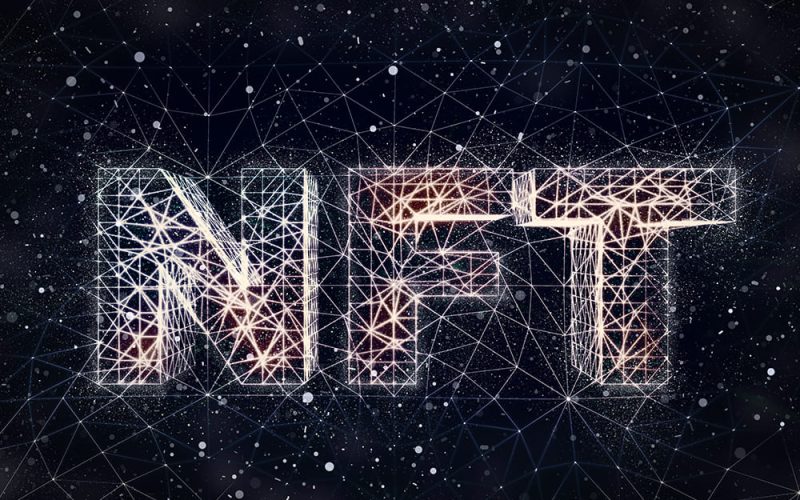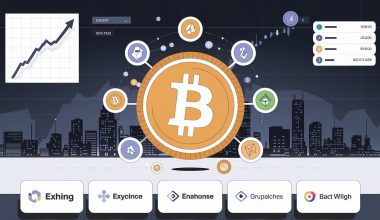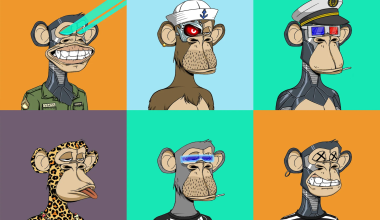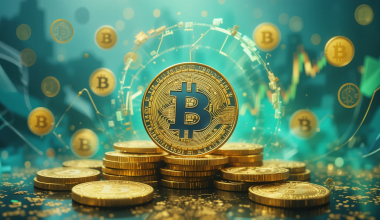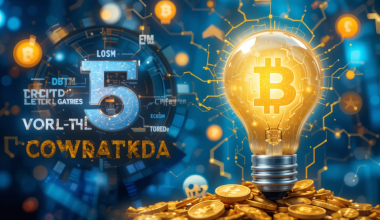Non-fungible tokens, or NFTs, are a new sort of digital asset that has taken the art world by storm in recent years. NFTs enable producers to sell one-of-a-kind digital goods including artwork, music, films, and even tweets as one-of-a-kind assets that cannot be imitated or recreated.
While NFTs have grown in popularity, they are still a relatively new concept, and many people are confused about what they are and how they work. We’ll go into the world of NFTs in this post, examining what they are, how they function, and why they’ve become so popular.
What really is an NFT?
A non-fungible token (NFT) is a digital token that is held on a blockchain, which is a decentralized digital ledger that records transactions. NFTs are distinct from typical cryptocurrencies such as Bitcoin and Ethereum, which are fungible and may be swapped for one another. This means that each NFT represents a unique digital object, such as a work of art or a tweet, and cannot be copied or imitated.
NFTs – How It Works
A creator must first generate a digital asset, such as a piece of artwork or a video, before they may create an NFT. This asset is then registered on a blockchain, such as Ethereum, using a smart contract, which is a self-executing contract in which the conditions of the buyer-seller agreement are directly encoded into lines of code. This smart contract outlines the NFT’s ownership rights as well as the sale terms, such as the price and any royalties that the inventor may receive from future NFT sales.
Once generated, the NFT can be sold on a marketplace or auction site like OpenSea or Nifty Gateway. Buyers can then buy the NFT with cryptocurrency such as Ethereum and get ownership of the digital asset. This ownership is validated and recorded on the blockchain, making it secure and immutable.
One of the primary reasons why NFTs have grown in popularity is the ability of producers to monetize their digital creations. Previously, digital art and other digital works were frequently freely available on the internet, making it impossible for producers to earn a living from their work.
READ: The 10 Best Cryptocurrencies of 2023
NFTs enable creators to offer their digital creations as one-of-a-kind, unique assets that cannot be recreated or duplicated. This has sparked increased interest among artists, musicians, and other creators looking for new ways to monetize their work.
NFTs have also grown in popularity as a type of collectible. NFTs, like actual collectibles like baseball cards or stamps, can be extremely rare and precious, with some fetching millions of dollars. This has created a new market for NFT collectibles, with consumers purchasing NFTs as an investment or to display their digital collections.
The development of NFTs, however, has sparked worries about their environmental impact. The process of manufacturing and selling NFTs consumes a large amount of energy, with the carbon footprint of a single NFT sale estimated to be equivalent to a month’s worth of ordinary household energy consumption. This has prompted environmentalists to criticize the NFT business and push on it to find more sustainable ways to operate.
Despite these reservations, NFTs continue to gain popularity, with more makers and purchasers entering the market on a daily basis. This has resulted in new NFT innovations, such as the invention of fractionalized NFTs, which allow buyers to hold a fraction of an NFT, making it more accessible to a broader variety of consumers.
Why You Should Trade NFTs
First, we must understand that Non-fungible Tokens (NFTs) are blockchain-based digital assets that reflect ownership of a one-of-a-kind property such as artwork, music, or collectibles. In recent years, they have grown in prominence, with some NFTs fetching millions of dollars.
One possible advantage of trading NFTs is the possibility to own and exchange valuable digital goods in the eyes of collectors and admirers. NFTs can also provide artists and creators with a new way to sell their work and get acknowledgment for their efforts.
It should be noted, however, that the value of NFTs can be volatile and sensitive to market swings. Furthermore, the technology and legal frameworks surrounding NFTs are still evolving, creating uncertainty and risk for investors.
Finally, whether or not you should trade NFTs is determined by your personal circumstances, risk tolerance, and investment objectives. Before making any investing decisions, you should conduct your own research and talk with a financial professional.
The Best Types of NFTs to Own or Trade
CryptoPunks: These were among the first NFTs to acquire popularity and are still highly sought after due to their scarcity and historical relevance in the NFT field. CryptoPunks are 8-bit pixelated characters with unique characteristic combinations. Larva Labs developed these, and they are regarded as the first NFTs.
Art NFTs: NFTs can represent any type of digital art, including paintings, drawings, animations, and movies. These are frequently created by well-known artists, and their worth is influenced by criteria such as the artist’s fame, the complexity of the artwork, and its rarity.
Sports NFTs: These are NFTs that depict legendary sporting moments, such as LeBron James dunking, Tom Brady throwing a touchdown pass, or Cristiano Ronaldo scoring a goal. They can also represent one-of-a-kind digital collectibles, such as NBA Top Shot moments.
Music NFTs: These are NFTs that represent unique music tracks or albums. They have gained appeal among musicians who can sell their music directly to fans while retaining ownership rights.
Domain NFTs: These are NFTs that reflect ownership of a domain name, allowing the buyer to govern its usage and ownership rights.
Gaming NFTs: These are NFTs that represent in-game items, characters, and assets. They are becoming increasingly popular in the gaming industry, allowing users to buy and sell rare and unusual objects within games.
Finally, the best type of NFT to hold or trade is determined by personal preferences and market movements. Before investing in any NFT, it is critical to perform thorough research and market analysis.
